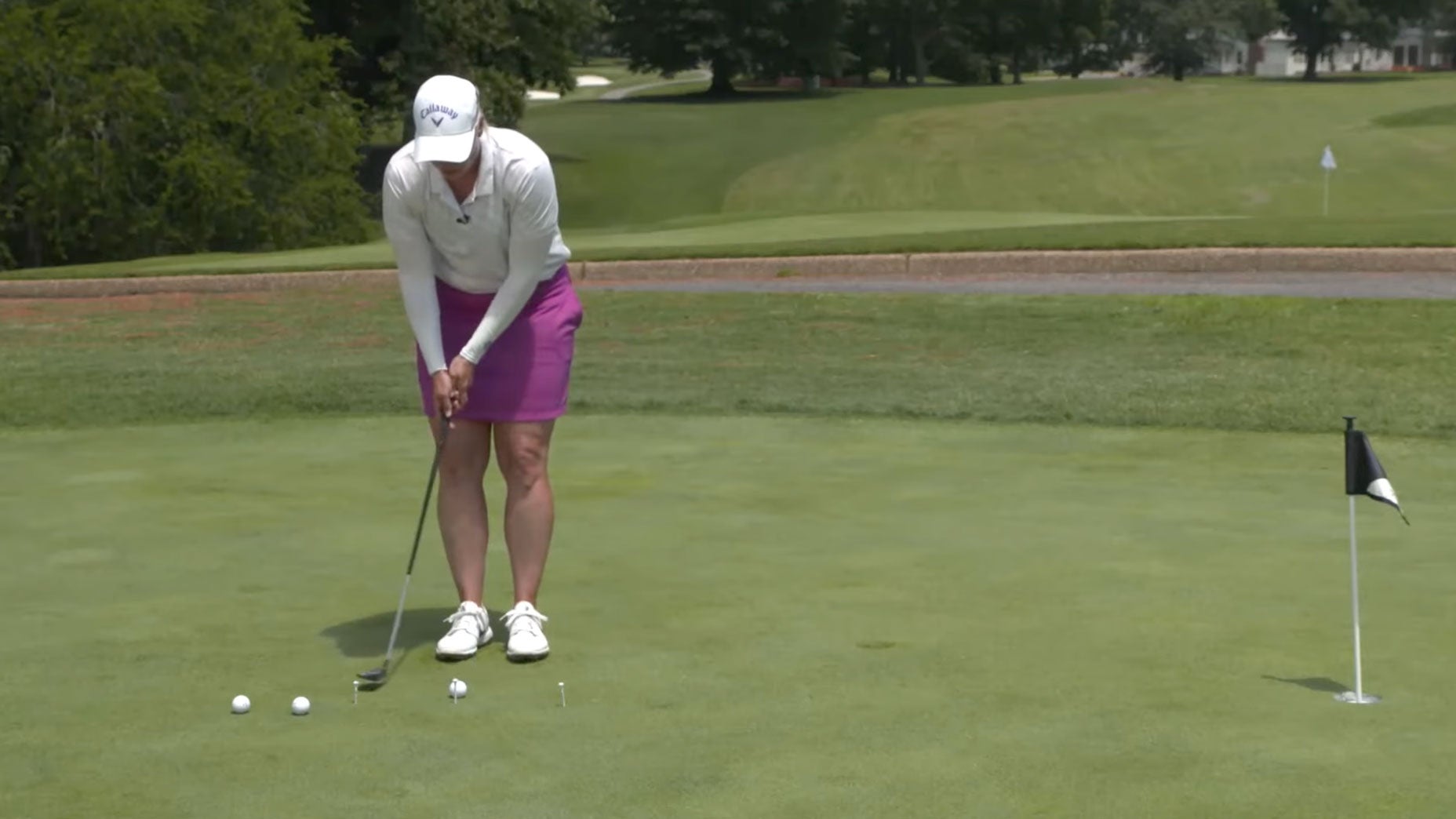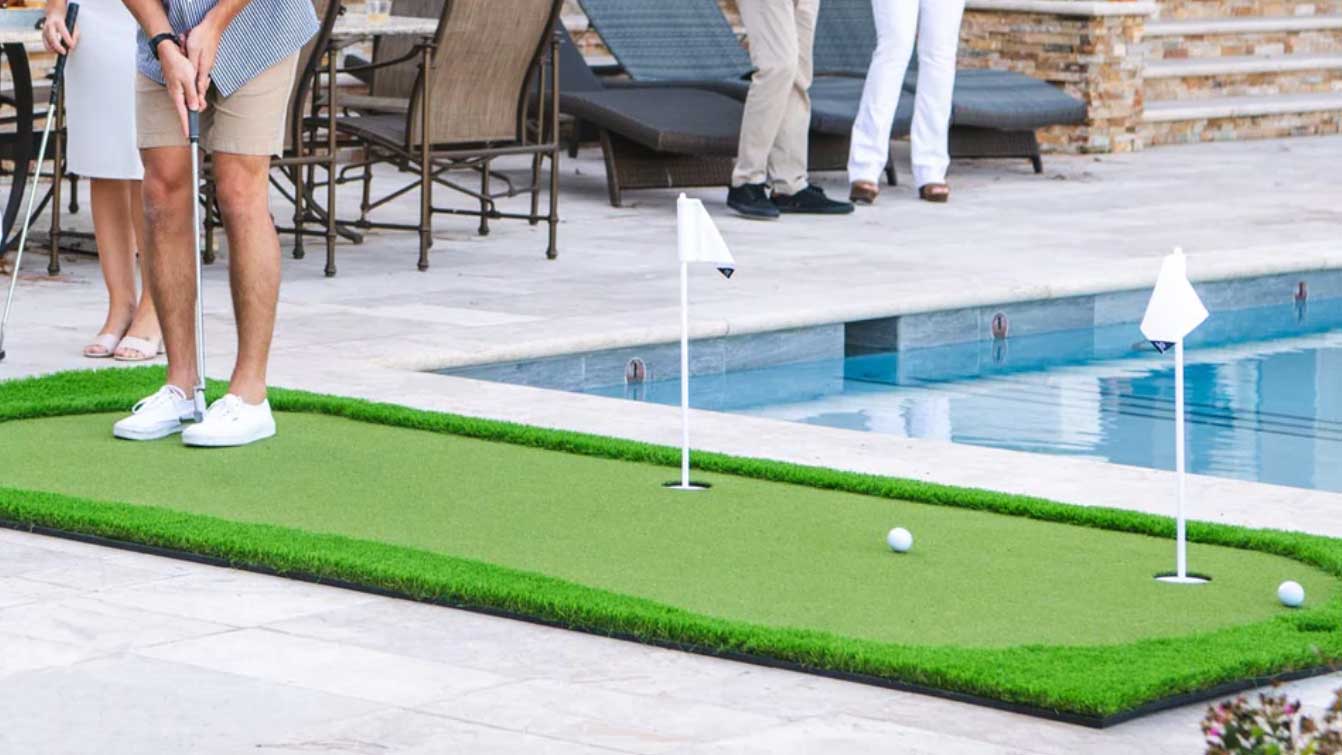
GOLF Instructor to Watch Dr. Alison Curdt demonstrates a ‘baseline’ placing drill.
YouTube
If dialing in your pace on the inexperienced tends to provide you an issue, GOLF Instructor to Watch Dr. Alison Curdt has a easy resolution.
In a video posted to the LPGA Professionals YouTube web page, Curdt suggests establishing a “baseline” placing stroke — a stroke that’s primarily the identical size on the backswing as it’s on follow-through.
“All too typically, amateurs will are inclined to fluctuate the size of their backswing and their ahead swing, creating off-speed putts,” Curdt says. Making a baseline placing stroke helps to eradicate this downside.
“>
How lengthy ought to your baseline stroke be? Curdt suggests measuring one putter-grip size on either side of the ball. Use tees to mark the place the stroke ought to begin, the place it ought to finish on the backswing, and the place it ought to finish on the follow-through.
The important thing right here is to make a cushty stroke with even tempo, making an attempt to remain inside the parameters you set along with your tees. This snug placing stroke is now your baseline stroke.
As soon as you are feeling as if you may make a constant, even-tempo stroke constantly, measure how far the ball goes. For Curdt, it’s roughly seven ft.
“I now know that if I’m on the golf course for this pace of inexperienced, if I take my putter again, one grip size, I’m gonna hit a couple of seven-foot putt,” Curdt says.
That is helpful information if you get on the course, as a result of when you hone in in your baseline distance, you’ll be able to modify accordingly for putts which are longer and shorter. And in the event you occur to play a course with totally different inexperienced speeds or extreme undulations, all you need to do is spend a couple of minutes on the apply inexperienced to ascertain the brand new baseline distance in your baseline stroke forward of every spherical.
Give Curdt’s baseline placing drill a attempt, and let misjudged pace grow to be a factor of the previous.















